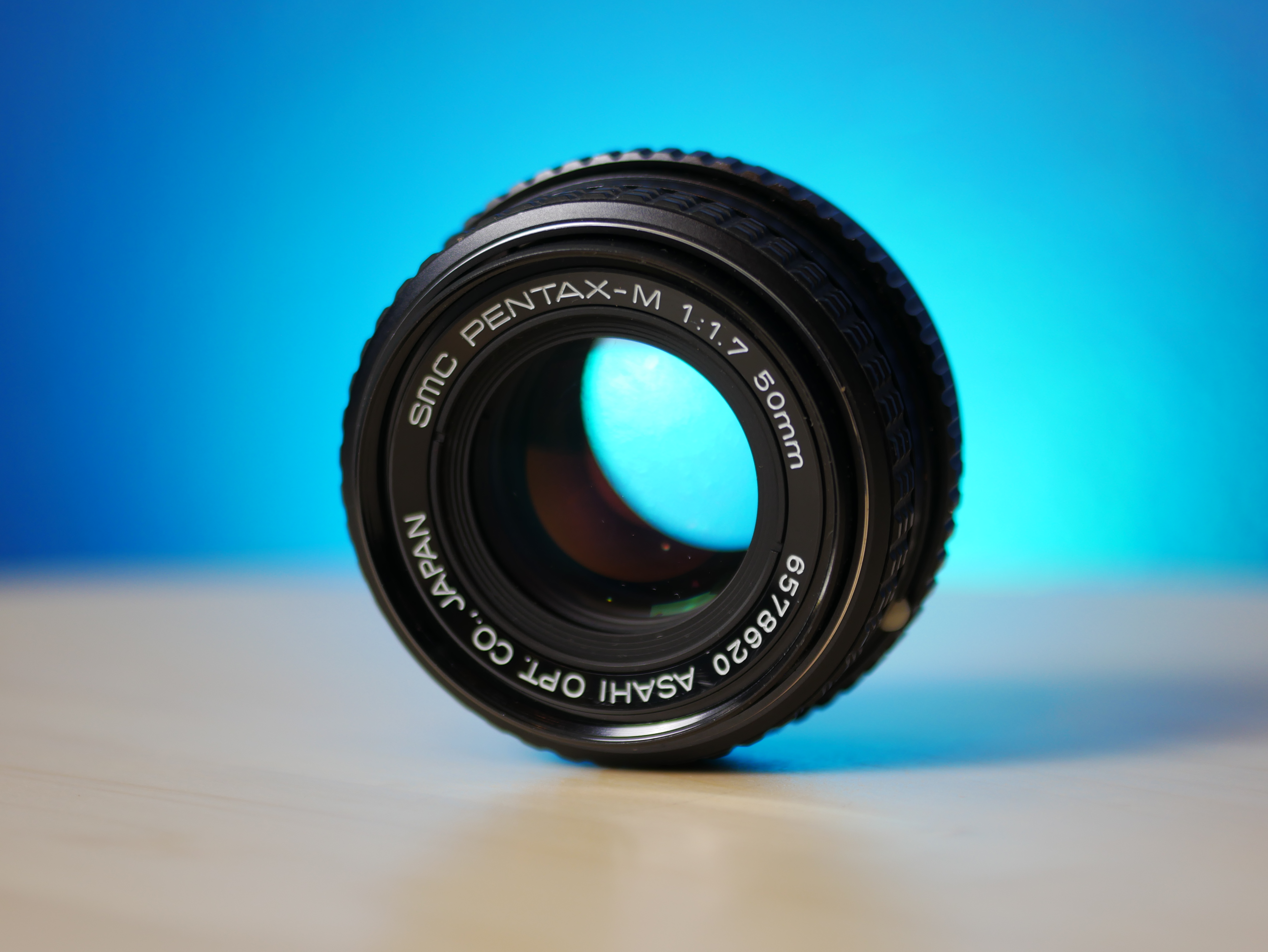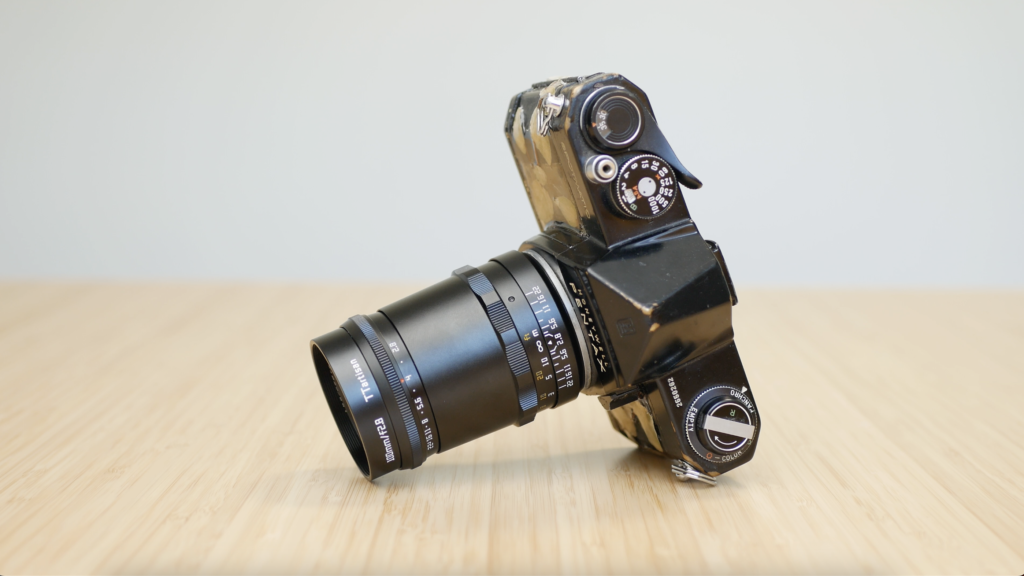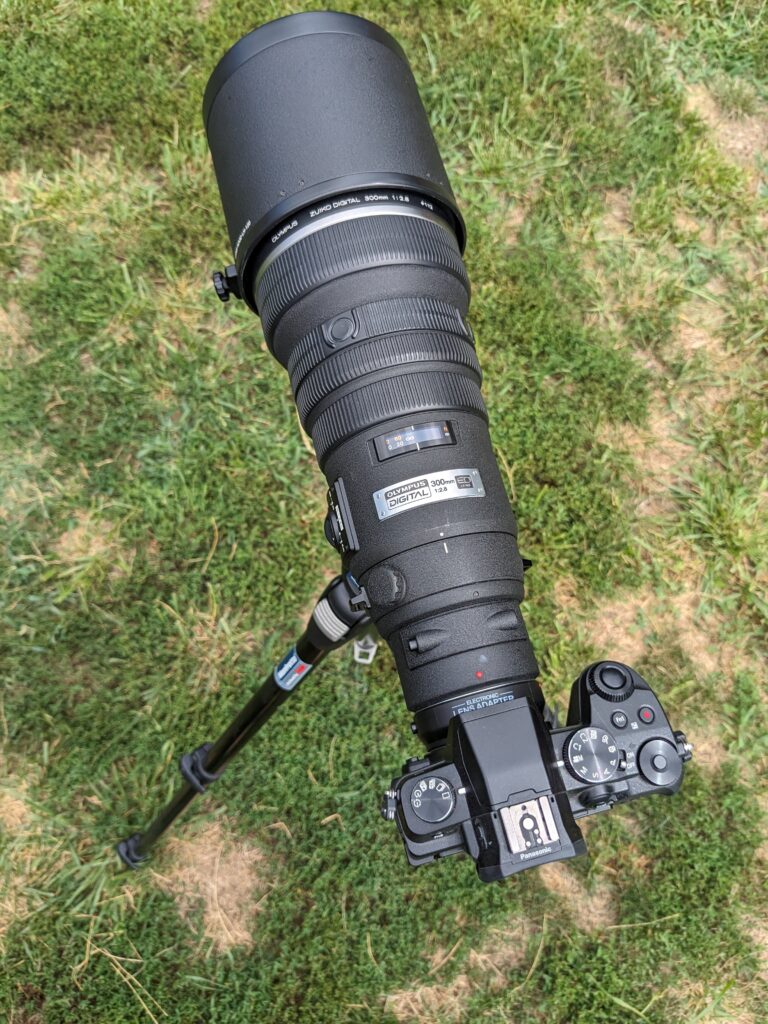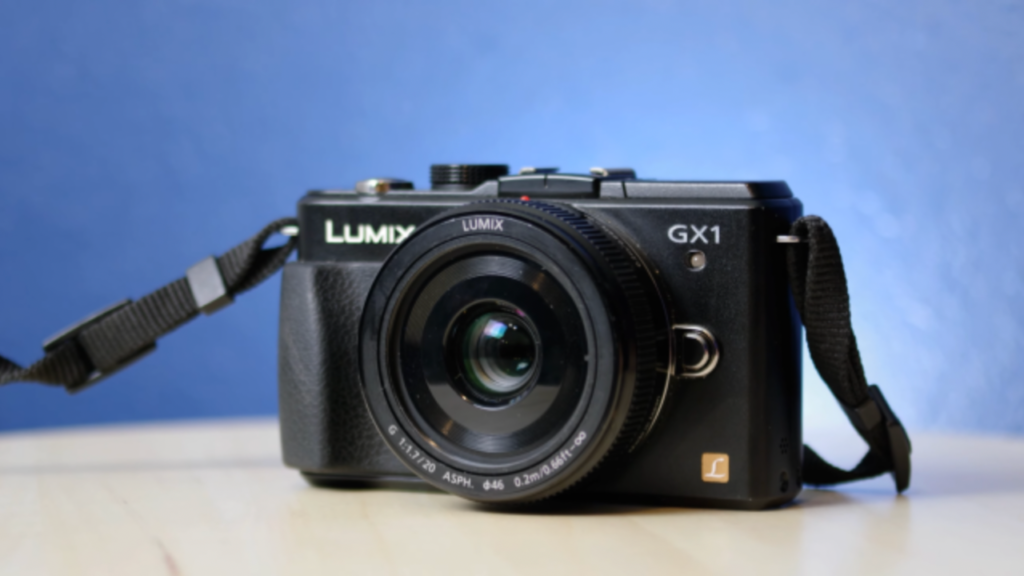Most of my life I haven’t had the luxury of collecting expensive glass. I am lucky enough that in recent years I have picked some really nice lenses. I admit that focusing on the next best lens is addicting. But do nice lenses always need to be expensive? Thankfully, no. And the Pentax-M 50mm f1.7 is my most recent $25 pickup that reminded me of this.
Introduction
Yep, you heard that right. $25 for this lightly worn gem of a lens. I bought it from UsedPhotoPro, one of my favorite used camera gear retailers, and it came in an overly large box packaged as if worth hundreds more than it was. But don’t let that low price point fool you: this lens punches above its weight. Or however that boxing saying goes.
The Pentax-M 50mm F1.7 was included as a kit lens with many 35mm Pentax bodies in the 70’s and 80’s. This makes it abundant, and that abundance drives the price down. But don’t look down on it because it’s cheap. In many ways I think this should be the second lens purchase most Pentax users make if they’re on a budget.
It wasn’t on my radar until the other day when I was browsing PentaxForums excellent lens database. Up at the top they have the top ten most viewed lenses, and in first place with 800k+ views was the Pentax-M 50mm f1.7. Not only was it the most viewed, it maintains a high average user score and one of the lowest average prices. That idea intrigued me. Could this be the most overlooked Pentax lens?
I’m no stranger to 50mm, owning around five variants at any given time. (At the time of writing this I can see three just from where I sit.) I know I’m not alone in this. Instead of focusing on whether this lens outperforms any other cheap nifty fifty, I will focus this review on how this lens performs in and of itself. You can decide if it’s qualities are worth picking up for your collection.
Build Quality
If you’ve used a Pentax-M series lens then you know what to expect: smooth and grippy focus ring, metal construction, and a clicky responsive aperture ring. It’s a joy to use. Beyond the function of the lens it also looks great. I used to think the Pentax-M aesthetic was a little boring looking, but they’ve grown on me.
The lens is very compact, even if not quite pancake level. Close enough. When shown side-by-side my FA 43mm Limited lens it looks the same size. This makes it handle really well on smaller APSC bodies or the original 35mm film bodies. Mounted on my Pentax MX the lens balances well and looks sharp. You may even say it’s a poor man’s 43mm limited (which is fantastic, by the way).
Dissembling the lens is also fairly straight forward, if you ever find one in a trash bin and want to clean out the fungus. It could be good practice, but I would just buy one without fungus. They’re cheap enough anyway.
Image Quality
Sharpness
The lens is incredibly sharp, even wide open. And that’s one of the reasons it’s such an exciting lens, especially for budget minded photographers. You won’t find a sharper lens anywhere near this price.
As an example, here’s a picture shot with the Pentax-M 50mm f1.7 lens on my Pentax K-1. You can zoom in on my daughters hair to see just how good the detail is even shot wide open at f1.7.

I will say that it is more difficult to nail this kind of critical focus on a camera without live view and focus peaking. The exception is 35mm film cameras, where the focusing screens are better suited for this kind of manual focusing. While I do enjoy using it on my Pentax K10D, this is the one sticking point. I’ve learned to take a few shots and one of them will be in focus.
Bokeh
Bokeh looks fantastic on this lens, even on smaller sensors than the full 35mm size. In fact, I enjoyed this lens especially on my Pentax K10D, an APS-C camera. I think people over emphasize getting AS MUCH depth of field as physically possible. I can’t think of very many times where you would want to shoot 3d subjects at razor thin depth of field. So, don’t worry about the APS-C 35mm equivalent conversion for depth of field on this lens. Just go out and photograph with it.
It has just enough character to let you know this was shot on a special lens, but without being overly dramatic. Lenses like the Helios 58mm f2 variants (which I love) have aggressive swirly bokeh that can be used for creature effect. This lens is more subtle. I think that’s a good thing.
A word on optimal apertures
I enjoy using this lens from wide open to f5.6. Beyond f5.6 I seldom use. Because the lens is sharp across apertures, I think less about trying to optimize resolution and more about the depth of field fitting for my subject. This is incredibly freeing. On other lenses I want to stop down to increase sharpness, even if I want a shallower depth of field, creating a compromise. With this lens I just don’t worry about it.
Sample Gallery
Here are several shots taken with this lens both on APSC and full frame sensors. They are minimally edited and provide a good sense of what to expect when using this lens.
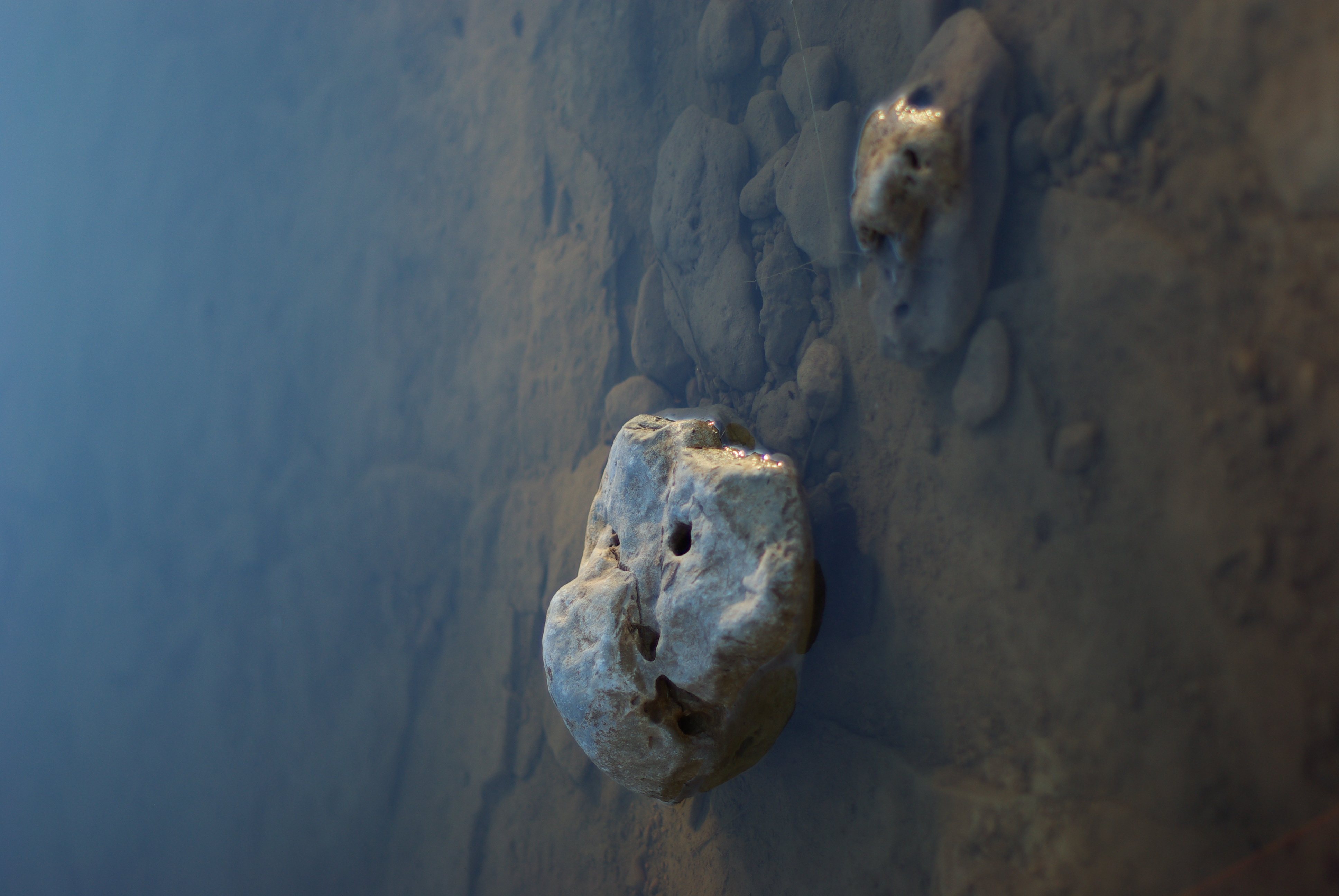

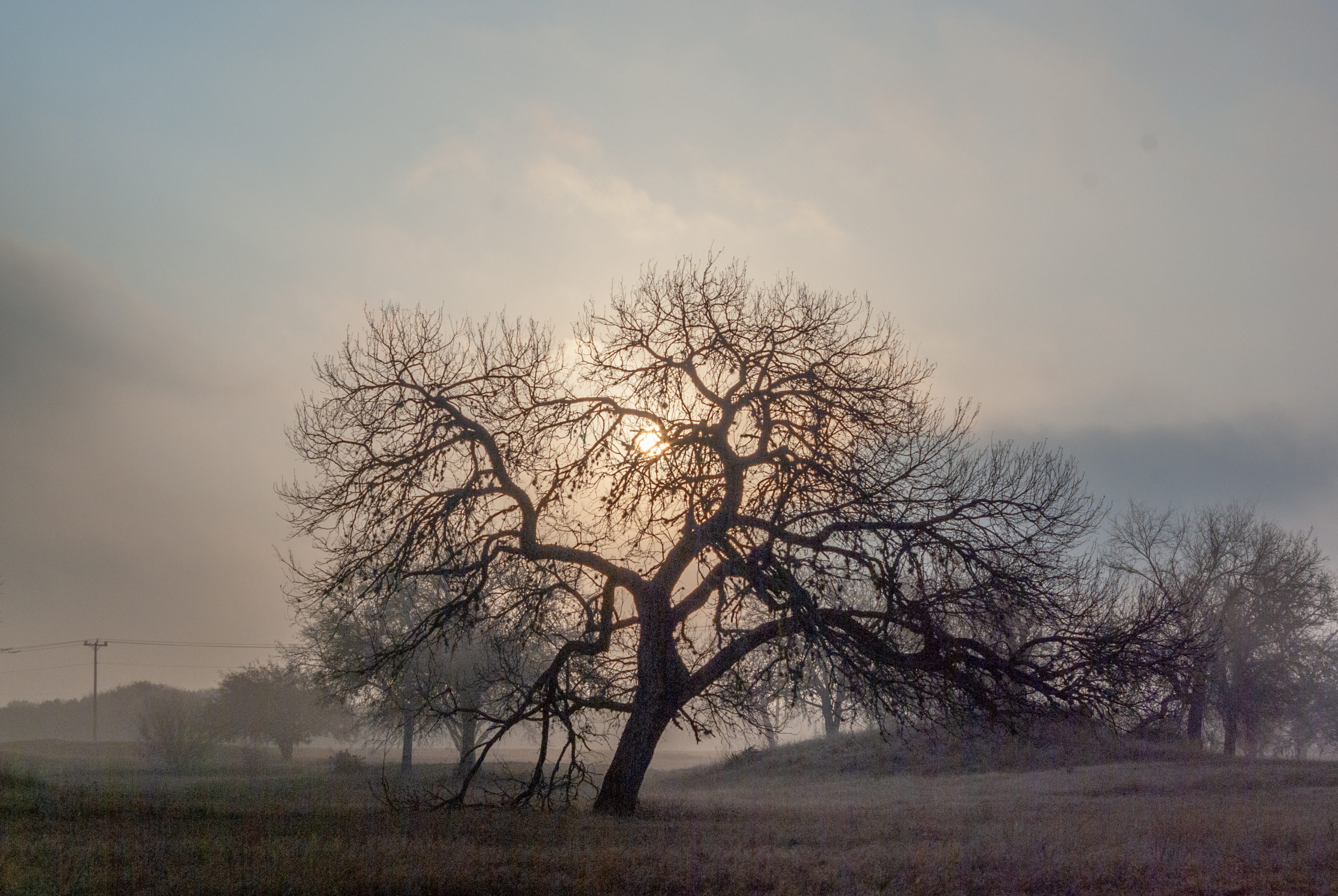


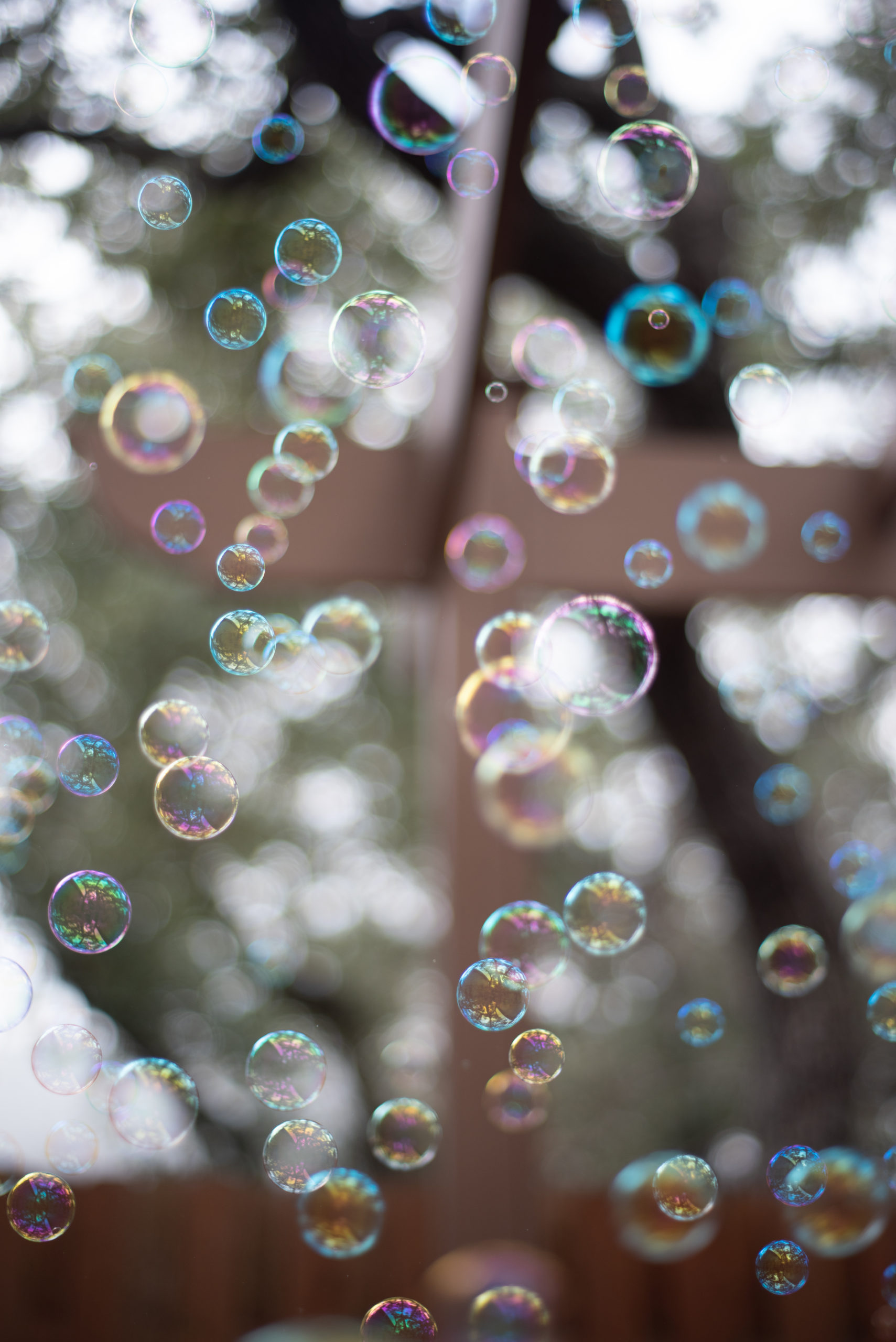
Conclusion
I am recommending the Pentax-M 50mm f1.7 lens to any Pentax user. Whether it’s your first, second or tenth lens it makes a fantastic addition to your arsenal. I think the lens is particularly well suited for new Pentax users wanting to add a sharp and fast lens to their collection on a budget.
The Pentax-M 50mm f1.7 also makes a great lens for those shooting mirrorless and adapting lenses. Keep an eye out and see if you can’t find a deal.
That’s it for this lens for now. Let me know if you have any comments or questions, I would love to hear from you!
Until next time, happy snappin’

